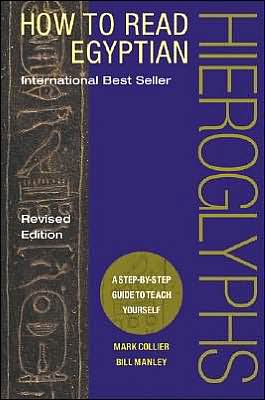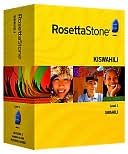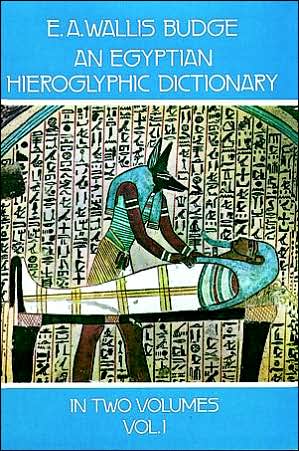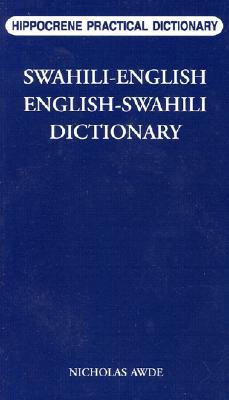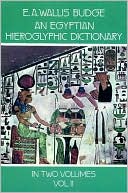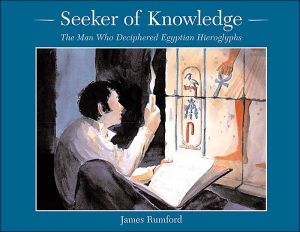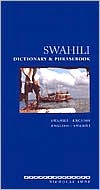How to Read Egyptian Hieroglyphs: A Step-by-Step Guide to Teach Yourself
Hieroglyphs are pictures used as signs in writing. When standing before an ancient tablet in a museum or visiting an Egyptian monument, we marvel at this unique writing and puzzle over its meaning. Now, with the help of Egyptologists Mark Collier and Bill Manley, museum-goers, tourists, and armchair travelers alike can gain a basic knowledge of the language and culture of ancient Egypt.\ Collier and Manley's novel approach is informed by years of experience teaching Egyptian hieroglyphs to...
Search in google:
Hieroglyphs are pictures used as signs in writing. When standing before an ancient tablet in a museum or visiting an Egyptian monument, we marvel at this unique writing and puzzle over its meaning. Now, with the help of Egyptologists Mark Collier and Bill Manley, museum-goers, tourists, and armchair travelers alike can gain a basic knowledge of the language and culture of ancient Egypt. Collier and Manley's novel approach is informed by years of experience teaching Egyptian hieroglyphs to non-specialists. Using attractive drawings of actual inscriptions displayed in the British Museum, they concentrate on the kind of hieroglyphs readers might encounter in other collections, especially funerary writings and tomb scenes. Each chapter introduces a new aspect of hieroglyphic script or Middle Egyptian grammar and encourages acquisition of reading skills with practical exercises. The texts offer insights into the daily experiences of their ancient authors and touch on topics ranging from pharaonic administration to family life to the Egyptian way of death. With this book as a guide, one can enjoy a whole new experience in understanding Egyptian art and artifacts around the world. Library Journal Collier (Egyptology, Univ. of Liverpool) and Manley (Egyptology, Univ. of Glasgow) have produced a succinct and usable introduction to reading Egyptian hieroglyphics and basic Middle Egyptian grammar. From the very first chapter, the reader translates actual inscriptions from monuments using exercises and a key. Inasmuch as Egyptian hieroglyphics form a phonetic writing system, some knowledge of grammar and vocabulary is required to decipher texts. Collier and Manley's volume provides this base along with a classified list of all hieroglyphic signs used in the book and the standard transliteration system used by scholars of Egyptian philology, making it clearly preferable to Christian Jacq's Fascinating Hieroglyphics (Sterling, 1997), which features neither. Reference collections desiring more complete coverage will want Alan Gardiner's Egyptian Grammar (1957. 3d ed.) despite some obsolescence in the treatment of the verbal system; and R.O. Faulkner's Concise Dictionary of Middle Egyptian (1962), supplemented by David Shennum's English-Egyptian Index of Faulkner's Concise Dictionary of Middle Egyptian (1977), is essential for vocabulary. The current title is recommended for most reference collections, and a circulating copy is advisable for patrons who might want to undertake the study of the Egyptian language.--Edward K. Werner, St. Lucie Cty. Lib. Sys., Ft. Pierce, FL
IntroductionCh. 1HieroglyphsCh. 2More uses of hieroglyphsCh. 3Special writingsCh. 4Scenes and captionsCh. 5DescriptionCh. 6Further aspects of descriptionCh. 7CharacterisationCh. 8The future Hieroglyphic sign-lists for the exercisesReference tablesEgyptian-English vocabularyKey to the exercisesBibliography and further readingIndex
\ Library JournalCollier (Egyptology, Univ. of Liverpool) and Manley (Egyptology, Univ. of Glasgow) have produced a succinct and usable introduction to reading Egyptian hieroglyphics and basic Middle Egyptian grammar. From the very first chapter, the reader translates actual inscriptions from monuments using exercises and a key. Inasmuch as Egyptian hieroglyphics form a phonetic writing system, some knowledge of grammar and vocabulary is required to decipher texts. Collier and Manley's volume provides this base along with a classified list of all hieroglyphic signs used in the book and the standard transliteration system used by scholars of Egyptian philology, making it clearly preferable to Christian Jacq's Fascinating Hieroglyphics (Sterling, 1997), which features neither. Reference collections desiring more complete coverage will want Alan Gardiner's Egyptian Grammar (1957. 3d ed.) despite some obsolescence in the treatment of the verbal system; and R.O. Faulkner's Concise Dictionary of Middle Egyptian (1962), supplemented by David Shennum's English-Egyptian Index of Faulkner's Concise Dictionary of Middle Egyptian (1977), is essential for vocabulary. The current title is recommended for most reference collections, and a circulating copy is advisable for patrons who might want to undertake the study of the Egyptian language.--Edward K. Werner, St. Lucie Cty. Lib. Sys., Ft. Pierce, FL\ \
